International
California plans to boost water supply as drought bites
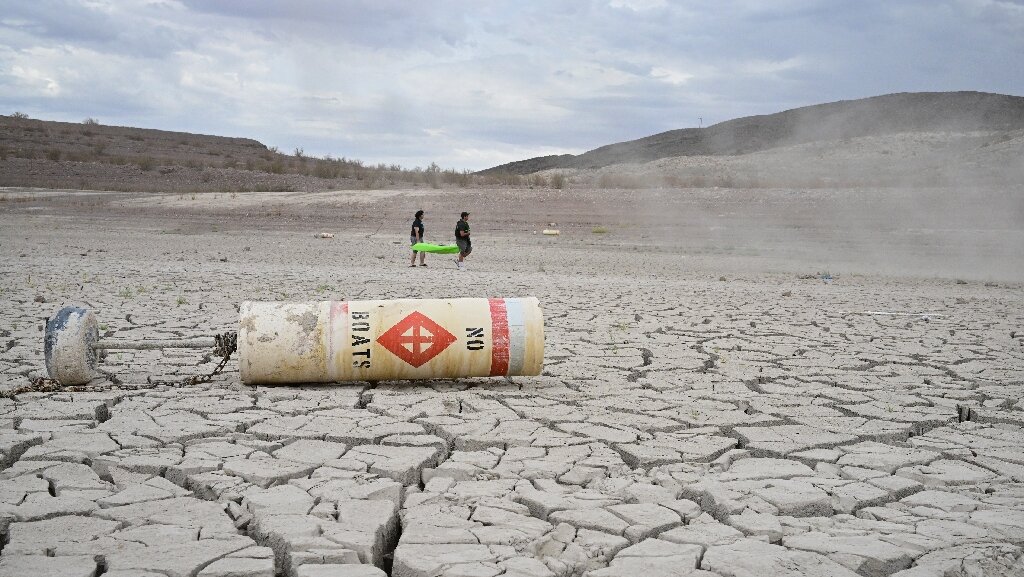
AFP
More than two decades of devastating drought worsened by man-made climate change mean California must harvest, recycle and desalinate much more water, the state’s governor said Thursday.
Unveiling an “aggressive” new strategy to combat a dwindling water supply, Gavin Newsom said he wants to bolster ageing infrastructure to keep pace with the rapidly changing environment.
“Climate change means drought won’t just stick around for two years at a time like it historically has,” Newsom said in a statement.
“Drought is a permanent fixture here in the American West and California will adapt to this new reality.”
The blueprint unveiled Thursday calls for more above-ground storage, as well as better ways to capture the billions of gallons of rain that usually just run into the ocean.
It also includes plans to recycle much more water and to desalinate seawater.
The American West is more than 20 years into its worst drought in over a millennium.
As part of efforts to ride out the drought, residents in southern California have been told not to water their lawns more than once or twice a week — the cause of much grumbling among some of the area’s wealthiest homeowners.
Scientists predict that California’s already-stretched water supplies will dwindle a further 10 percent over the coming decades, with the current drought believed to be part of a long-term aridification of the region.
That process is being hastened by global warming, where humanity’s unchecked burning of fossil fuels continues to pump insulating gases such as carbon dioxide into the atmosphere.
The planet has already warmed by an average of 1.2 degrees Celsius since pre-industrial times, and is expected to get even hotter, even if governments meet their pollution reduction targets.
The higher temperatures exacerbate the effects of the drought, with more moisture evaporating from the soil even as plants try to suck more of it up — leaving less to flow into rivers and streams.
“Regardless of drought or flood, in this changed climate there will be less water available for people to use,” the state’s 16-page plan says.
“To match the pace of climate change, California must move smarter and faster to update our water systems. The modernization of our water systems will help replenish the water California will lose due to hotter, drier weather.”
“California must capture, recycle, de-salt, and conserve more water… to put to use water that would otherwise be unusable, stretch supplies with efficiency, and expand our capacity to bank water from big storms for dry times.”
International
Chile enters runoff campaign with Kast leading and Jara seeking a last-minute comeback

Chile’s presidential runoff campaign for the December 14 election kicked off this Sunday, with far-right candidate José Antonio Kast entering the race as the clear favorite in the polls, while left-wing contender Jeannette Jara faces an uphill scenario, hoping for a comeback that some experts describe as “a miracle.”
The final polls released in Chile—published before the mandatory blackout on survey dissemination—give Kast, an ultraconservative former lawmaker running for president for the third time, a lead of between 12 and 16 points. His opponent, the communist former minister in Gabriel Boric’s current administration, is weighed down not only by the government’s low approval ratings but also by a fragmented electorate.
Although Jeannette Jara received the most votes in the first round with 26.9%, her lack of alliances beyond the left makes it difficult for her to expand her support. Kast, who secured 23.9%, has already brought key figures on board: ultralibertarian Johannes Kaiser (13.9%) and traditional right-wing leader Evelyn Matthei (12.4%), both now backing his candidacy.
Analysts note that although Kast’s support base consolidates more than 50% of the electorate, it does not guarantee an automatic transfer of votes. Populist economist Franco Parisi, who placed third with 19.7%, emerges as the major wildcard. His party, the People’s Party (PDG), is set to decide this Sunday through an internal consultation whether to endorse one of the two finalists.
International
Trump says asylum decision freeze will remain in place “for a long time”

U.S. President Donald Trump warned on Sunday that the suspension of decisions on asylum applications—implemented as part of his order to “halt” immigration from third-world countries following Wednesday’s shooting in Washington—will remain in effect “for a long time.”
The president declined to specify how long the freeze, imposed last Friday by the U.S. Citizenship and Immigration Services (USCIS), would last. The suspension affects individuals waiting for an asylum ruling from that agency, though it does not apply to cases handled by U.S. immigration courts.
The delay is part of a series of measures enacted by the Trump Administration after a shooting on Wednesday in which an Afghan national allegedly opened fire on the National Guard in Washington, D.C., killing one officer and leaving another in critical condition.
Trump has ordered a permanent halt to immigration from 19 countries classified as “third-world.” He also indicated on Sunday that “possibly” more nations could be added to the list.
“These are countries with high crime rates. They are countries that do not function well… that are not known for success, and frankly, we don’t need people from those places coming into our country and telling us what to do,” Trump said, adding: “We don’t want those people.”
USCIS had already announced on Thursday a “rigorous review” of green cards held by migrants from 19 “countries of concern,” including Afghanistan, Cuba, Venezuela, and Haiti.
International
Sri Lanka and Indonesia deploy military as deadly asian floods kill over 1,000
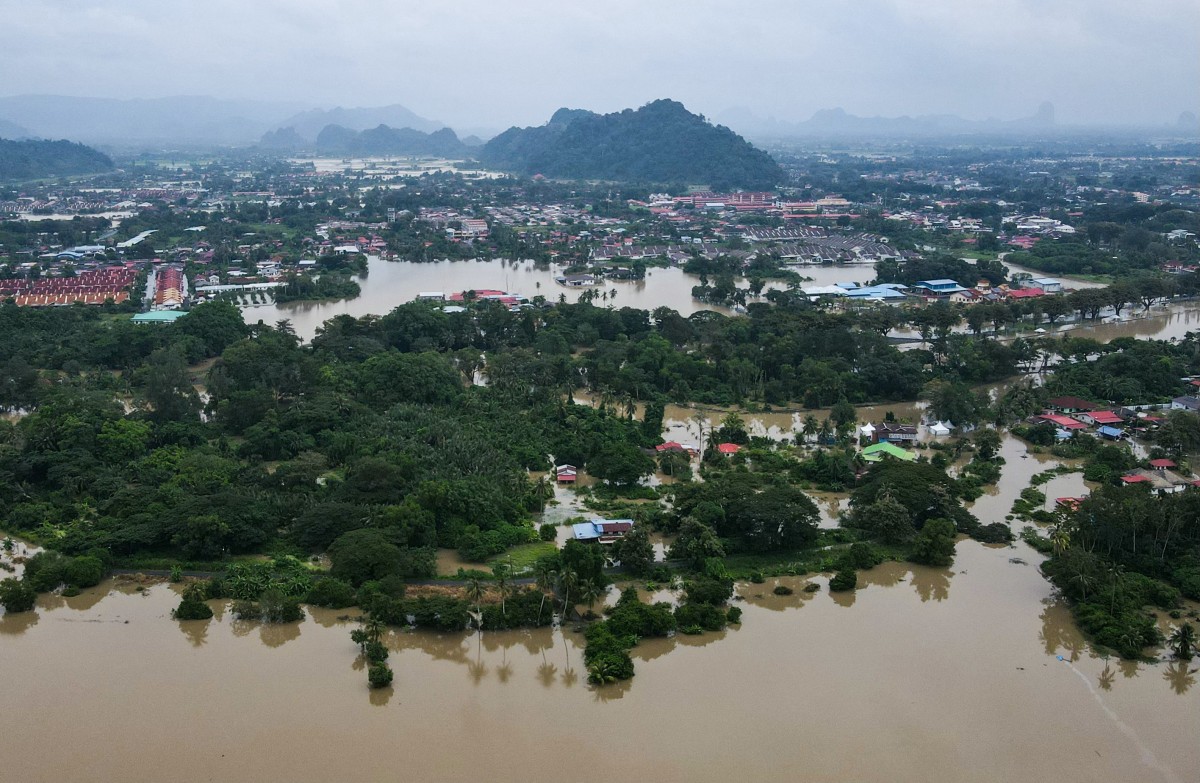
Sri Lanka and Indonesia deployed military personnel on Monday to assist victims of the devastating floods that have killed more than a thousand people across Asia in recent days.
A series of weather events last week triggered prolonged torrential rains across Sri Lanka, parts of Indonesia’s Sumatra island, southern Thailand, and northern Malaysia. Indonesian President Prabowo Subianto said Monday in North Sumatra that “the priority now is to deliver the necessary aid as quickly as possible.”
“There are several isolated villages that, with God’s help, we will be able to reach,” he added. Subianto also stated that the government had deployed helicopters and aircraft to support relief operations.
Floods and landslides have claimed 502 lives in Indonesia, with a similar number still missing.
This marks the highest death toll from a natural disaster in Indonesia since 2018, when an earthquake and subsequent tsunami killed more than 2,000 people.
The government has sent three military ships carrying aid and two hospital vessels to the hardest-hit regions, where many roads remain impassable.
In the village of Sungai Nyalo, located about 100 kilometers from Padang, the capital of West Sumatra, floodwaters had receded by Sunday, leaving homes, vehicles, and crops coated in thick mud.
-

 Central America3 days ago
Central America3 days agoTrump Pardons Former Honduran President Hernández and Warns of Aid Cuts Ahead of Election
-

 Central America5 days ago
Central America5 days agoPanama reinforces security with new helicopters and Super Tucano Aircraft purchases
-

 Central America20 hours ago
Central America20 hours agoHonduras Extends Voting by One Hour Amid High Turnout, CNE Announces
-

 Central America5 days ago
Central America5 days agoTrump urges hondurans to back conservative candidate Nasry Asfura in november elections
-
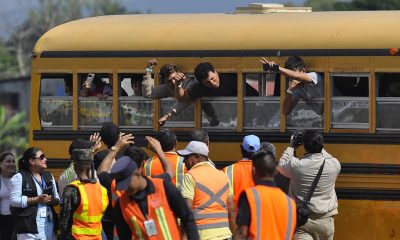
 International5 days ago
International5 days agoArchbishop Wenski criticizes Trump’s deportation policies, calls for stronger push for reform
-

 Central America2 days ago
Central America2 days agoHonduras’ China–Taiwan Future Hinges on Sunday’s Presidential Election
-

 Central America5 days ago
Central America5 days agoWashington calls for oversight as Honduras faces allegations of electoral interference
-
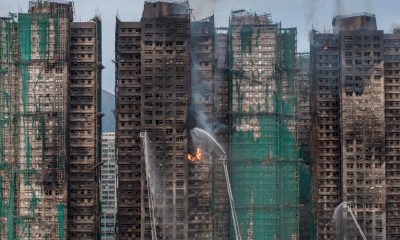
 International7 hours ago
International7 hours agoHong Kong police arrest 13 over deadly high-rise fire that killed 151
-

 International3 days ago
International3 days agoMeta Says Russia Seeks to Ban WhatsApp for Defending Secure Communication
-

 International7 hours ago
International7 hours agoTrump says asylum decision freeze will remain in place “for a long time”
-

 International7 hours ago
International7 hours agoChile enters runoff campaign with Kast leading and Jara seeking a last-minute comeback
-
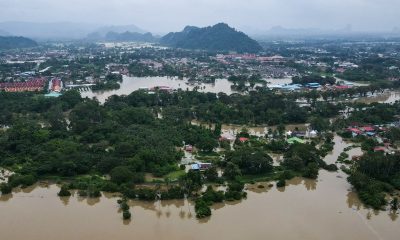
 International7 hours ago
International7 hours agoSri Lanka and Indonesia deploy military as deadly asian floods kill over 1,000






























